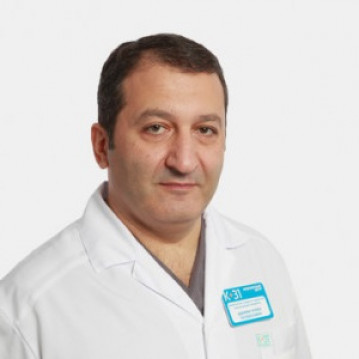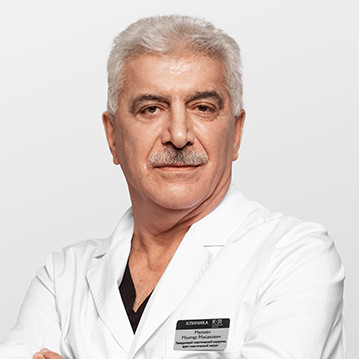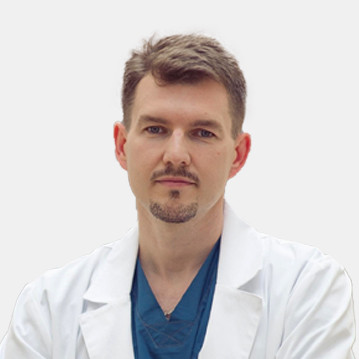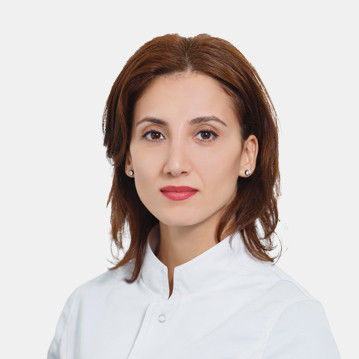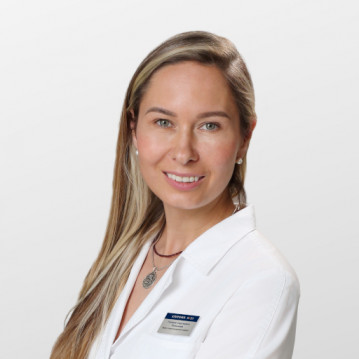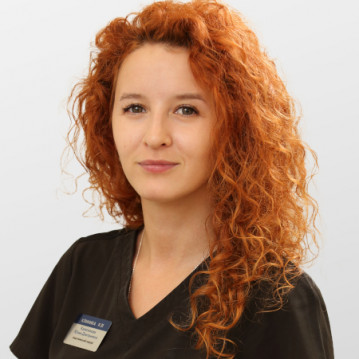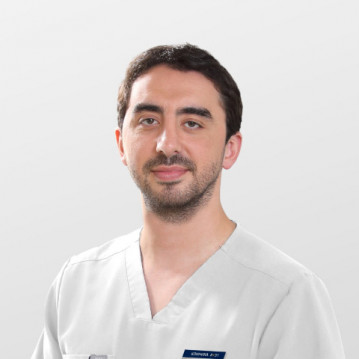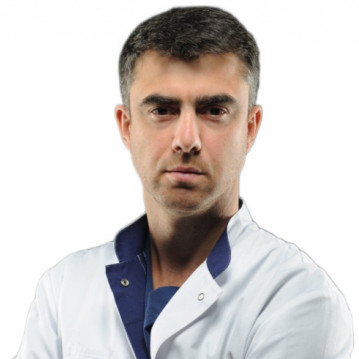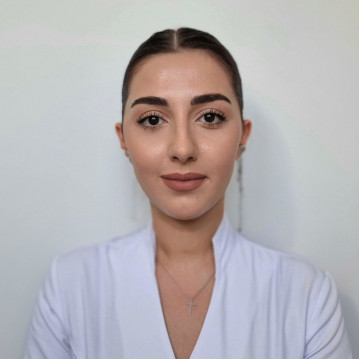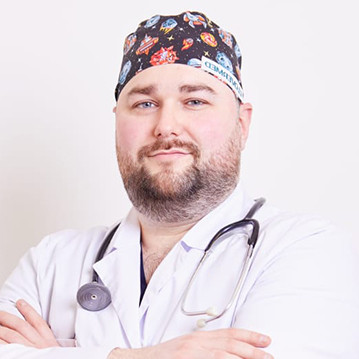What are the most common plastic surgery fears?
The first and biggest fear is not getting the result the patient wants. Therefore, many people ask to make a computer simulation before the operation. This is a really good way to calm down and imagine how a person will look after the operation, but the patient must definitely understand that the final result will still be different. The fact is that not a single computer program can take into account all the features of the human body and face, such as the extensibility of tissues, the true volume of tissues, and slight asymmetry. Therefore, in recent years, many have abandoned computer modeling altogether in order not to give false ideas.
The second fear is the fear of anesthesia. This is a completely natural and common fear of not waking up. And although now anesthesia is as safe as possible and is well tolerated by the vast majority of patients, it is very difficult to eradicate prejudices associated with anesthesia. The drugs and their dosage are selected taking into account all the characteristics of the patient, and the whole process is controlled by an experienced anesthesiologist. For this reason, the exit from the anesthesia is as soft and comfortable as possible, and it is impossible to wake up during the operation!
The third fear is actually helpful. This is the fear of complications. Plastic surgery should not be thought of as cosmetology or other minimally invasive intervention. This is surgery. Therefore, plastic surgery can be accompanied by the same complications that accompany general surgical interventions.
How to care for a scar so that it is invisible?
First of all, it is necessary to strictly follow the recommendations of the attending physician. If the surgeon says that the bandage should not be touched, then it really should not! If it is recommended not to touch the scar (do not grind, do not rub, do not smear, etc.), then you really do not need to touch it!
If something happens to the scar during the healing process, you can prescribe a therapeutic, injection or hardware treatment that can improve the appearance of the scar. But in no case should you do something without consulting your doctor. This can seriously harm.
What kind of operations do you usually advise against doing to your patients?
Our specialists can perform almost any plastic surgery. But among them there are those that are very popular, but in fact are suitable for only a small number of patients. Such operations include, for example, the removal of Bish's lumps. This is an uncomplicated intervention, but it is rarely really justified. The fact is that this operation may have long-term consequences. Over the years, the face loses subcutaneous fat, so the tissues in the places where Bish's lumps used to be lose support and this can lead to more pronounced age-related changes. This will make your face look haggard and tired.
Instead of this operation, patients are better off considering other options for sharpening the cheekbones, for example, contouring by a beautician or lipofilling.
Thank you for your comments, Ph.D., plastic surgeon Gulyaev I.V.
